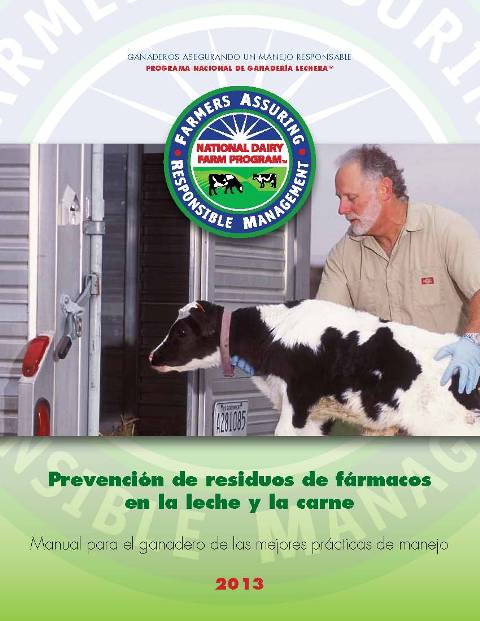 ARLINGTON, VA – The National Milk Producers Federation (NMPF) today praised the successful resolution of negotiations with China on an import dairy certificate, a measure that provides certainty to U.S. dairy exporters in order to enhance U.S.-China dairy trade.
ARLINGTON, VA – The National Milk Producers Federation (NMPF) today praised the successful resolution of negotiations with China on an import dairy certificate, a measure that provides certainty to U.S. dairy exporters in order to enhance U.S.-China dairy trade.
U.S. and China government officials have been negotiating a new certificate for nearly three years, since China revised its requirements under the dairy certificate in the first part of 2010. Despite continued access to the Chinese market, the lack of an agreed-upon certificate impeded greater U.S. dairy exports, due to the uncertainty of whether the issue would ultimately be resolved.
“We commend the administration, as well as the Chinese government, for their conscientious and cooperative work on the dairy certificate over the past three years,” said Jerry Kozak, NMPF President and CEO. “The positive announcement of a new certificate lifts the uncertainty that hung over the Chinese market, thereby encouraging greater U.S. dairy sales.
“In addition, it is important to acknowledge the responsible example set by China in this situation due to their careful handling of trade during certificate negotiations,” continued Kozak. “Too often in the wake of new regulations, we see countries rush to shut their markets, even when no underlying food safety concern exists, simply over documentation matters. In its handling of this issue, China has set an admirable example for the world by permitting dairy trade with the U.S. to continue.”
U.S. dairy sales to China in 2012 were an estimated $400 million. U.S. dairy exports to China have grown by more than 100% since 2010 and are expected to continue to grow to help meet the increasing demand for dairy products in that country.
“This positive result has been several years in the making and is the result of a lot of hard work by all parties involved,” said Kozak. “NMPF is pleased to have been part of the team that helped to bring closure to this critical issue with such an important trading partner.”
Kozak noted that, “Dairy producers across this country owe their thanks to Secretary Tom Vilsack and his team at the U.S. Department of Agriculture, as well as the critical support provided by the Food & Drug Administration and the U.S. Trade Representative’s Office. Working together, they provided China with the clear food safety assurances China needs in order to help safeguard the health of its population.”
The U.S. will begin issuing the new certificate immediately for product destined for China. Certificates issued by the U.S. prior to Jan. 18, 2013 will be valid through March 20, 2013 but not accepted by China after that date.
The National Milk Producers Federation (NMPF), based in Arlington, VA, develops and carries out policies that advance the well being of dairy producers and the cooperatives they own. The members of NMPF’s 30 cooperatives produce the majority of the U.S. milk supply, making NMPF the voice of more than 32,000 dairy producers on Capitol Hill and with government agencies.

 In recognition of their commitment to the dairy industry, managing their farm for future generations, and being active in their local community, Blue Diamond Dairy was named Minnesota’s 2012 Producer of the Year by the Minnesota Milk Producers Association.
In recognition of their commitment to the dairy industry, managing their farm for future generations, and being active in their local community, Blue Diamond Dairy was named Minnesota’s 2012 Producer of the Year by the Minnesota Milk Producers Association. NMPF is now accepting applications for its National Dairy Leadership Scholarship Program for academic year 2013-2014.
NMPF is now accepting applications for its National Dairy Leadership Scholarship Program for academic year 2013-2014. Last month, NMPF released a revised version of its Spanish residue prevention manual Prevención de residuos de fármacos en la leche y la carne for 2013. As an area of focus for the National Dairy FARM ProgramTM, the manual can be found on the FARM Program’s website. This version was translated to Spanish from the revised 2013 Milk and Dairy Beef Drug Residue Prevention Manual, which was released in the fall.
Last month, NMPF released a revised version of its Spanish residue prevention manual Prevención de residuos de fármacos en la leche y la carne for 2013. As an area of focus for the National Dairy FARM ProgramTM, the manual can be found on the FARM Program’s website. This version was translated to Spanish from the revised 2013 Milk and Dairy Beef Drug Residue Prevention Manual, which was released in the fall.



